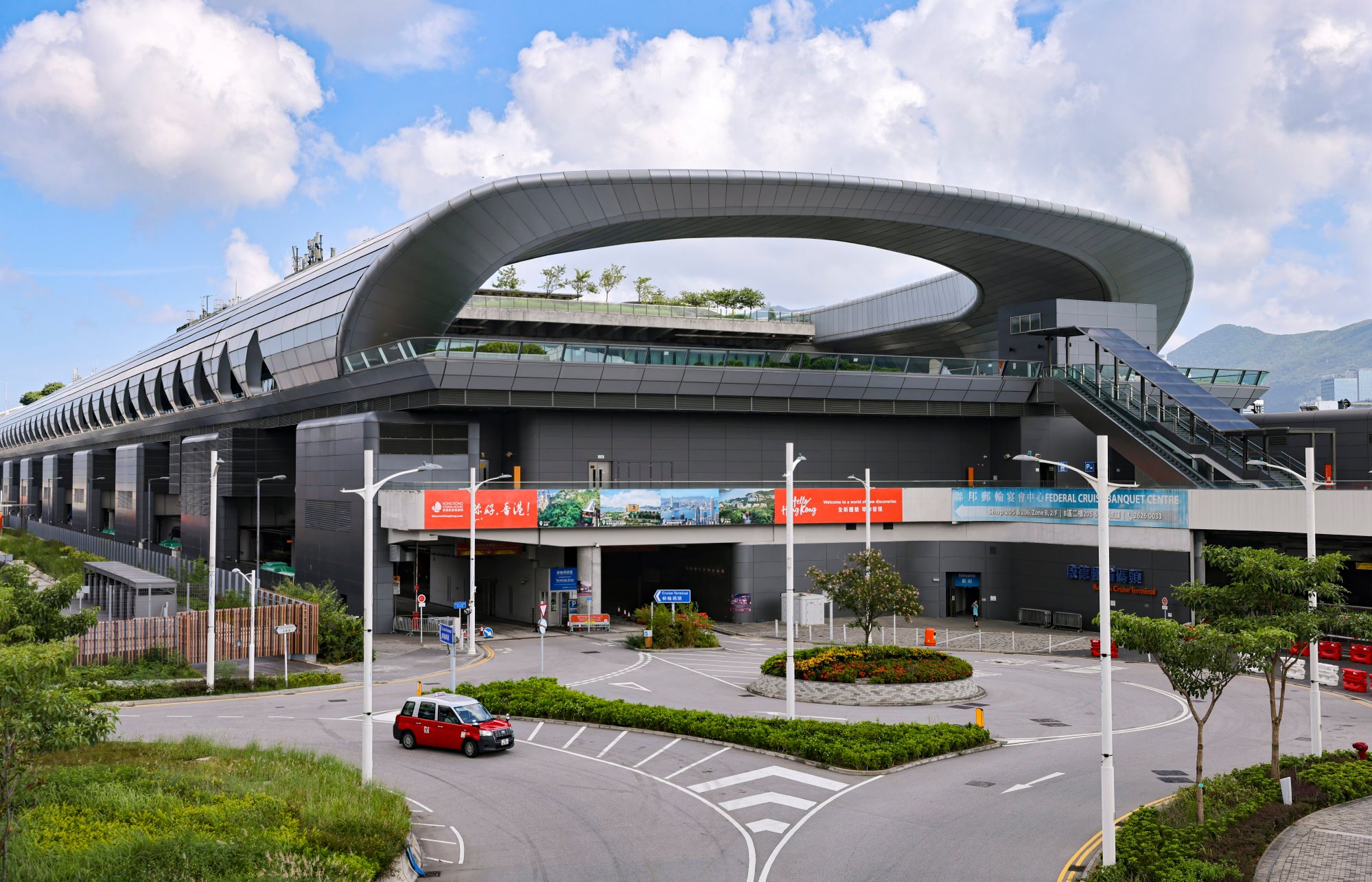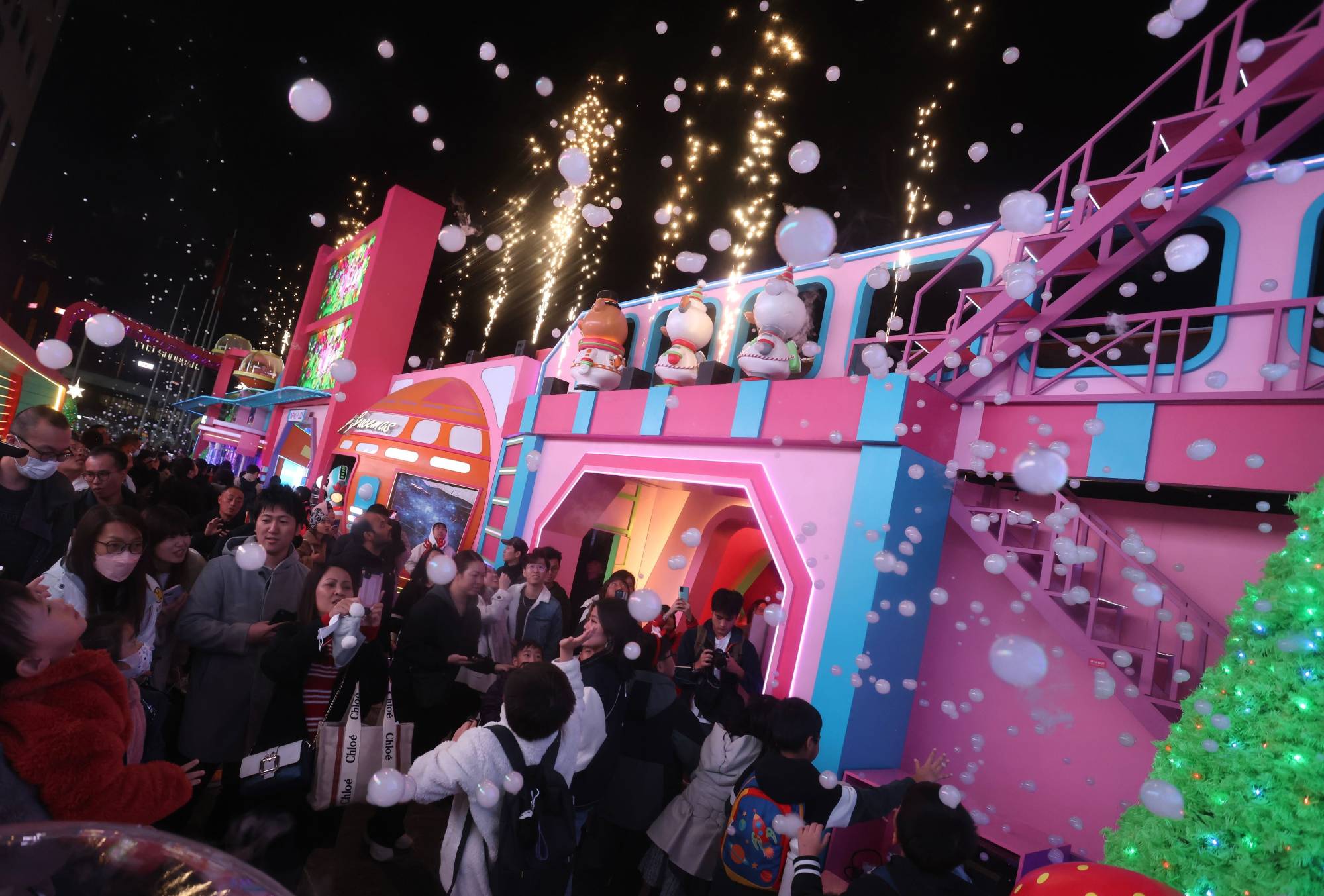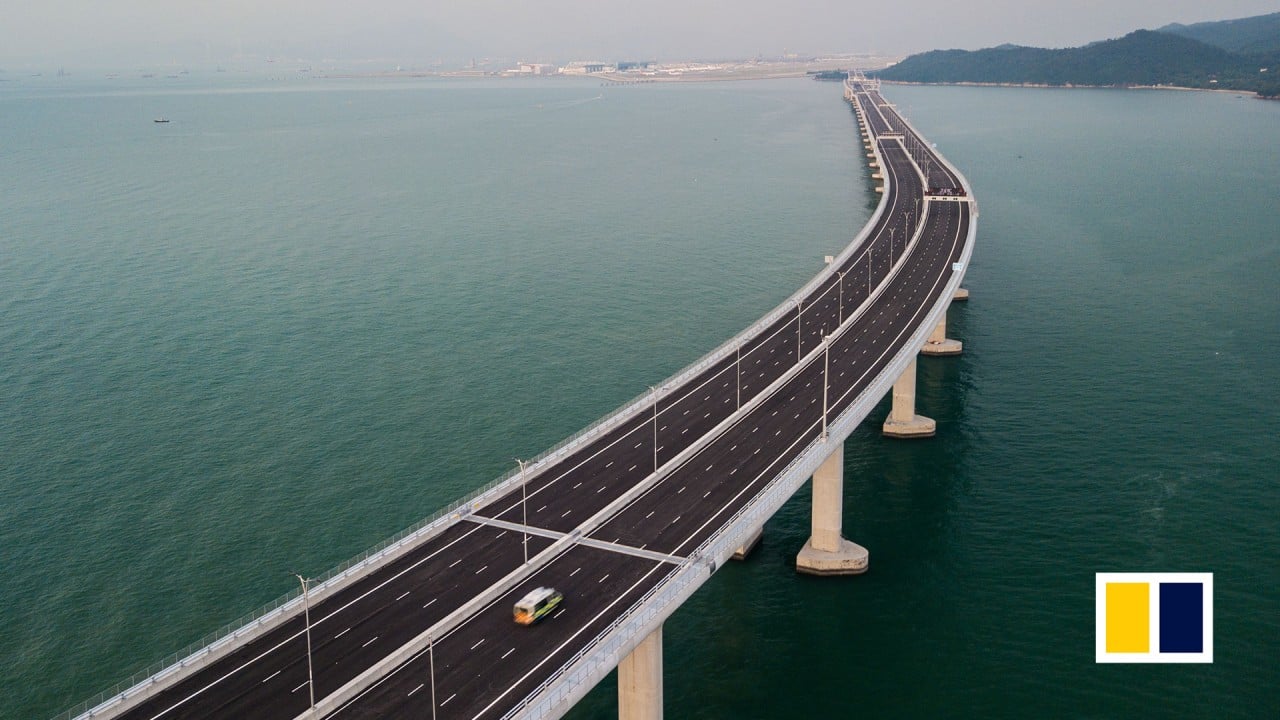The story goes that the king of Siam would punish those who displeased him by giving them a white elephant, dooming them to the expensive upkeep of the sacred animal. Nowadays, the white elephant is a metaphor for a big, money-draining project, often an eyesore and a reminder of the time and resources wasted.
White elephants happen when projects are poorly conceived without much cost-benefit analysis or poorly designed without satisfying basic functional needs, or both. It is not uncommon for such projects to continue operating, at a loss, long after being proven useless. There are at least two reasons for this.
First, because the decision-makers suffer from the sunk cost fallacy – with so much invested, they are reluctant to abandon the project, cut their losses and move on. Second, because they refuse to admit failure and still long for a miracle that will turn the bad decision into a good one.
This is no different from the desperate gambler mentality that as long as one stays in the game, there is a chance to recover the loss, and even win.

My family and I went on a cruise in 2019, before the pandemic. One could hardly make this up: we were checked in over plastic folding tables on the ground floor before going up to the waiting area. How can this have been the architect’s vision?
The programme area and circulation were either poorly designed or poorly managed – thus the operator was not using the facility as originally planned. Browsing the terminal’s limited shops and restaurants, one wonders where the 60,000 sq ft of commercial space went. Things may have improved since, but for me, after that dreadful first impression, I never had reason to revisit.

I was working on a residential project in Macau when the 55km bridge was completed in late 2018 – I could not wait to apply for the Closed Road Permit to travel on the bridge. To say the application process was painful would be an understatement, and non-commercial private cars can only go as far as the East car park of the Hong Kong-Zhuhai-Macau Bridge frontier post in Macau. The location is not popular and it was difficult to find a taxi.
During the hour-long drive, there were hardly any vehicles sharing the bridge with my car, just a few buses. It was my first time driving on it and I was already starting to question the rationale for the bridge. With the shuttle buses, logistics vehicles and a private car quota of 2,800, the authorities will never recover the cost of building the bridge.
We understand the importance of having local permits, insurance coverage in different jurisdictions, and concerns over traffic congestion and right- and left-hand driving. Indeed, these factors are exactly what the governments and authorities needed to deliberate on in the early conception phase. They should have thoroughly answered one simple question first: would it be worth it, considering all the factors?
Hong Kong coffers can’t afford 2 mega projects at same time, economist warns
Hong Kong coffers can’t afford 2 mega projects at same time, economist warns
The key to successful infrastructure projects is always to attract usage, which drives foot or car traffic, and thus the revenues that cover maintenance and the initial investment. These projects require rigorous feasibility studies, evaluation, simulations and models, and detailed projections to justify their need.
Dennis Lee is a Hong Kong-born, America-licensed architect with years of design experience in the US and China


